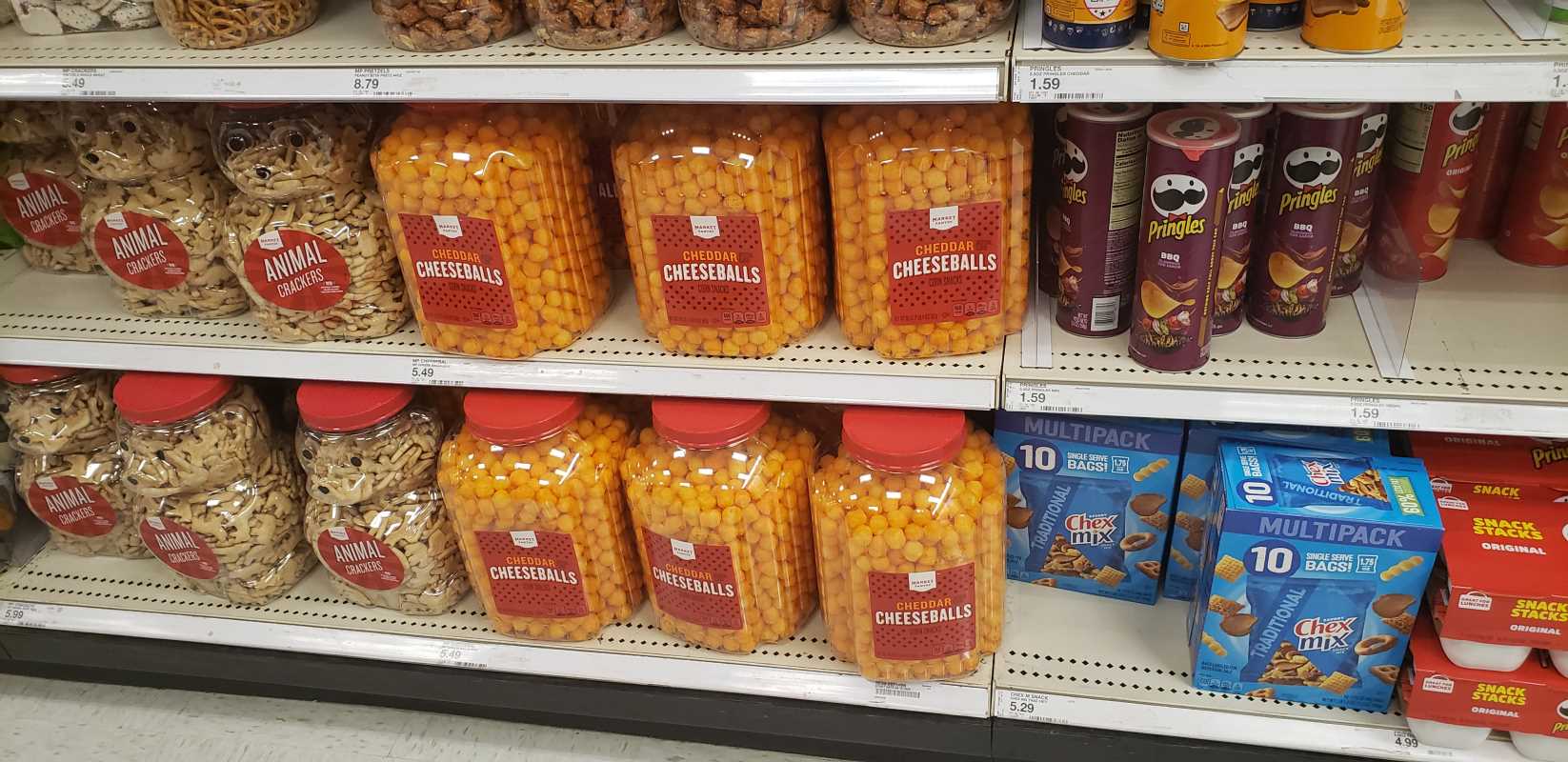If you’ve started learning about investing, you may have come across the term “dividends.” These are like little bonus payments that some companies make to their shareholders as a reward for owning their stock. Now imagine instead of taking the cash from those dividends, you use it to buy more shares of the same stock automatically. This is the basic idea behind Dividend Reinvestment Plans, or DRIPs.
DRIPs can be a smart way to grow your investments over time, but like any strategy, they have their ups and downs. Understanding how they work and whether they’re the right fit for you is key to making the most of your money.
What Are Dividend Reinvestment Plans (DRIPs)?
A dividend reinvestment plan, or DRIP, is a program that allows you to reinvest the dividends you earn from a stock back into that same stock instead of receiving the payment as cash. Companies that offer DRIPs use these dividends to automatically buy additional shares (or even partial shares) for you, often without charging fees.
For example, imagine you own 10 shares of a company, and it pays a dividend of $1 per share. Instead of receiving $10 in cash, you could automatically reinvest that $10 into buying more shares of the company’s stock. Over time, this can help your investment grow as you earn more dividends from the additional shares you’ve purchased.
DRIPs are typically offered by the companies themselves or through brokers, and they are a hands-off way to build your investment portfolio over time.
The Advantages of DRIPs
DRIPs sound pretty convenient, right? For many investors, they offer some major benefits.
1. The Magic of Compounding Growth
One of the biggest advantages of DRIPs is that they take full advantage of compounding growth. When you reinvest your dividends, you’re essentially earning “returns on your returns.”
Here’s an example to break it down:
- You invest $1,000 in a stock that pays a 5% annual dividend.
- Instead of cashing out $50 in dividends, you reinvest it to buy more shares.
- Next year, you’ll earn dividends not just on your original $1,000, but also on the additional shares you bought with the $50 from last year.
Over time, this snowball effect can lead to substantial growth, especially if you hold onto the investment for many years. It's like planting a tree and watching it grow bigger every year, producing more and more fruit.
2. Low (or No) Fees
Many DRIPs have little to no fees for reinvesting dividends. Companies that offer DRIPs directly often do so at no extra cost to the investor, making it a very cost-effective way to grow your portfolio. Even brokers offering DRIP services usually charge less than they would for regular stock purchases.
This makes DRIPs especially appealing to investors looking for budget-friendly ways to grow their wealth. Saving on fees means more of your money stays in your portfolio, working for you.
3. Dollar-Cost Averaging
DRIPs help you practice something called dollar-cost averaging. This means that because dividends are reinvested regularly (like each quarter), you’re buying shares at different prices over time.
For instance, when the stock price is low, your dividend will buy more shares. When the stock price is high, it will buy fewer shares. Over time, this can help smooth out the ups and downs of buying stocks during market fluctuations.
4. Hands-Free Investing
Think of DRIPs as being on autopilot. Once you set up a DRIP, you don’t need to do much else. Your dividends will automatically go right back into the stock without requiring your attention. This “set-it-and-forget-it” approach is perfect for long-term investors who prefer simplicity.
The Disadvantages of DRIPs
Of course, no investment strategy is perfect. While DRIPs offer some great advantages, they also come with drawbacks you’ll want to consider.
1. Lack of Diversification
By reinvesting your dividends back into the same stock, you’re putting all your eggs in one basket. Over time, this could lead to an overly concentrated portfolio, which might be riskier if the company underperforms or its stock loses value.
For example, if you own stock in only a few companies and reinvest your dividends solely into those stocks, you’ll miss out on broader diversification that could protect your portfolio during market downturns.
2. Tax Implications
Even though you don’t receive the dividend payment in cash, you’re still responsible for paying taxes on dividends that are reinvested through a DRIP.
This means that each time dividends are reinvested, you’ll need to keep track of the additional shares you purchased for tax-reporting purposes. For investors with large portfolios and many DRIPs, this can quickly get complicated.
If you’re using a tax-advantaged account like a Roth IRA or a traditional IRA, this won’t be as much of an issue since you can defer or eliminate taxes, but in a taxable account, it’s something to be mindful of.
3. Limited Flexibility
Another potential downside of DRIPs is that they can limit your flexibility as an investor. Because the dividends are locked into buying more shares of a single stock, you may miss out on opportunities to use that money elsewhere—like investing in a different company or diversifying into bonds or other asset classes.
4. Unrealized Cashflow
Some investors prefer to collect dividends as cash so they can use that money for personal expenses or to invest elsewhere. By enrolling in a DRIP, you give up the immediate income potential that cash dividends provide.
This could be a disadvantage if you’re at a stage in your life where you’d rather use dividends as a source of income, such as during retirement.
How to Decide if DRIPs Are Right for You
Now that you understand the pros and cons of DRIPs, how can you tell if they’re a good fit for your portfolio? Here are a few things to consider.
- Your Investment Goals - If you’re focused on long-term growth and don’t need cash from your dividends right now, DRIPs could be a great way to maximize compounding returns. However, if your goal is to generate income or diversify your portfolio, you may want to skip DRIPs and use your dividends differently.
- Diversification Needs - Think about the stocks you own and how much weight they already have in your portfolio. If you’re heavily invested in one company and adding more shares through a DRIP, you could be vulnerable to concentrated risk. A balanced approach might involve using DRIPs for some stocks while redirecting other dividends to different investments.
- Tax Considerations - If you’re investing in a taxable account, pay close attention to how DRIPs might affect your taxes. Keeping track of reinvested dividends and calculating the cost basis for those shares can be a hassle, so make sure you’re ready to handle the paperwork—or consult a tax advisor for help.
- Your Investment Timeline - DRIPs work best for investors with a long time horizon since compounding growth takes time to have a big impact. If you’re investing for a shorter-term goal, you may prefer to keep dividend payments as cash for more immediate use.
- Investment Platform - Check whether the companies you’ve invested in or your brokerage offers DRIP options, and find out if there are fees involved. A fee-free DRIP is ideal, but if fees are charged, it might not be as cost-effective as it seems.
Dividend reinvestment plans can be a powerful tool for growing your wealth—if used strategically. They’re perfect for long-term investors who want to make the most of compounding and prefer a hands-off approach. But they’re not for everyone. If you’re concerned about diversification, tax implications, or losing flexibility, you might want to think twice before enrolling in a DRIP.
Ultimately, the decision comes down to your investment goals, financial situation, and preferences. By weighing the pros and cons and considering how DRIPs fit into your overall strategy, you can make an informed choice—and take one more step toward achieving your financial goals.







